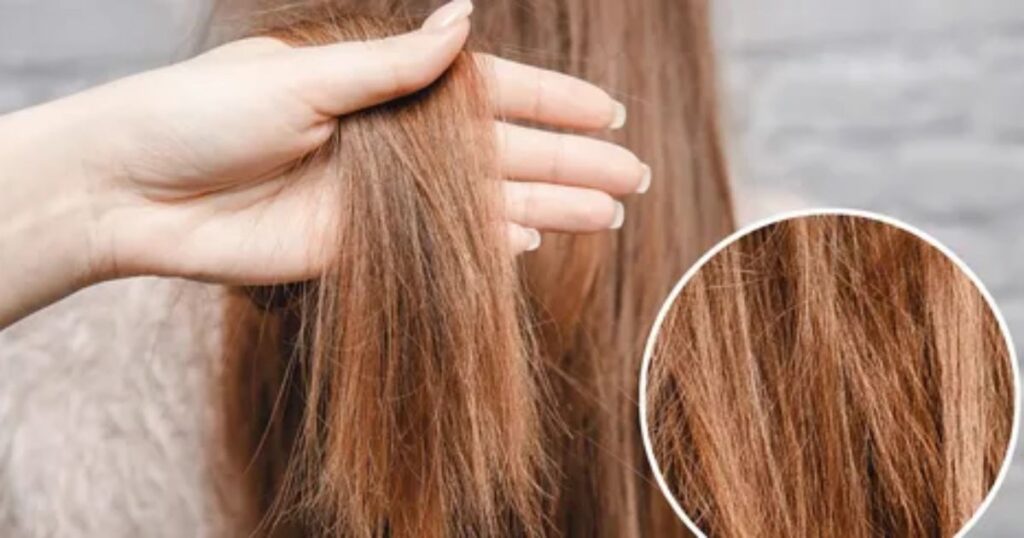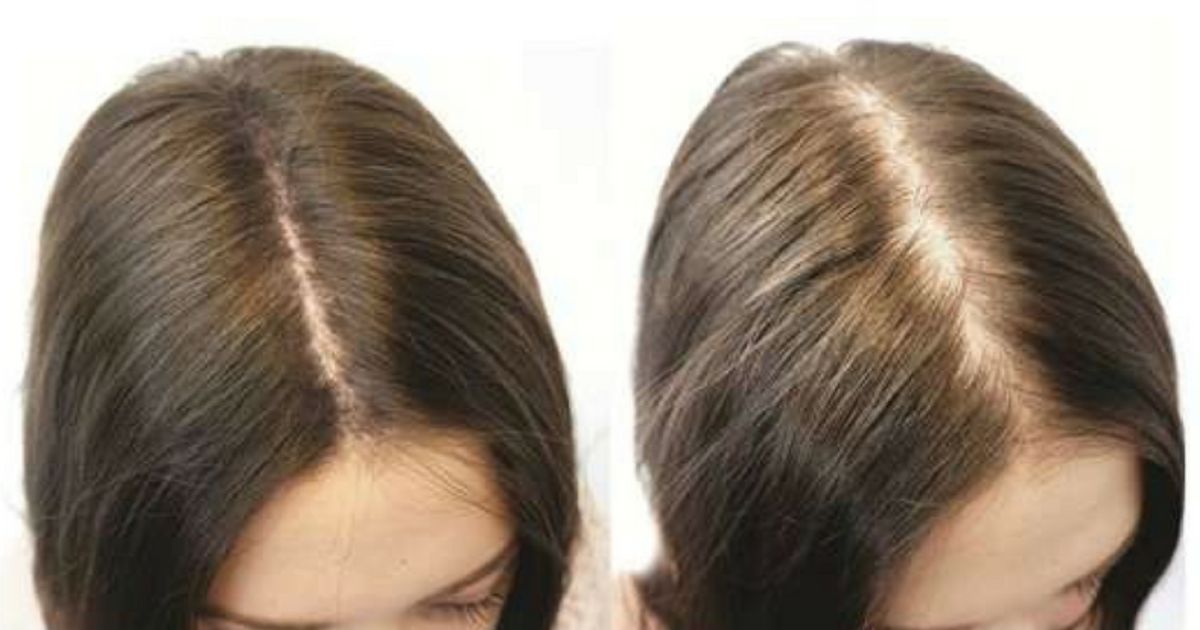When it comes to changing your hair color, there are various techniques and methods to achieve the desired result. One of these techniques is the double process hair color. This method is popular among those looking for dramatic color transformations and intricate shades. In this article, we will delve into the world of double-processed hair color, understanding what it is, how it works, and what you need to know before opting for this style.
Understanding the Basics of Double Process Hair Color
Double process hair color refers to a two-step hair coloring technique that involves both bleaching and toning to achieve a specific hair color. This method is commonly used for shades that require a lighter base, such as pastels, vibrant fashion colors, and some blondes.
The Bleaching Process
The first step in the double process is the bleaching process. Bleaching is necessary to lighten the hair significantly because most vibrant or pastel colors require a pale base to appear their true shade. During this step, the natural pigments in the hair are stripped away, leaving the hair with a pale, yellowish base.
Bleaching is a delicate process that should be performed by a trained and experienced hairstylist. The duration of bleaching, the strength of the bleach used, and the health of your hair all play significant roles in determining the outcome. If done incorrectly, it can lead to hair damage, breakage, and uneven results.
The Toning Process
Once the hair has been bleached to the desired level, the second step is the toning process. Toning involves the use of specialized hair toners to neutralize any unwanted undertones in the hair and create a base color that is suitable for the final shade. Toners are available in various colors, including silver, platinum, and violet, and are chosen based on the specific shade you want to achieve.
Who Should Consider Double Process Hair Color?
Double process hair color is not for everyone, and it’s essential to consider whether this technique is right for you before making the decision. Here are some factors to take into account:
Desired Hair Color
If you’re aiming for a vivid, pastel, or fashion-forward hair color, knowing your real hair color is essential. A double process can be the right choice for these shades, as they often require a very light base, which is achieved through the bleaching process.
Hair Health
The health of your hair is crucial when considering double-process color. Bleaching can be harsh on the hair, and if your hair is already damaged or weakened, it may not be the best option for you. Your hairstylist will assess the condition of your hair and advise you accordingly.
Maintenance
Double-process color often requires more maintenance than traditional coloring methods. The bleached hair will grow out, and you’ll need to touch up your roots regularly to maintain the desired look.
Budget
Double-process hair color can be more expensive than single-process coloring due to the complexity of the technique and the ongoing maintenance. Make sure to consider your budget before committing to this method.
The Process of Getting Double Process Hair Color
If you decide that double-process hair color is right for you, here’s what you can expect during the process:
Consultation
Your journey to double-process hair color begins with a consultation with a professional hairstylist. During this consultation, you will discuss your desired color, assess the current condition of your hair, and develop a plan that includes the bleaching and toning process. Your stylist will also provide you with an estimate of the time and cost involved.
Bleaching
The bleaching process usually takes place in one or more sessions, depending on your starting hair color and the level of lightness required. Your stylist will apply the bleach carefully, ensuring that it is distributed evenly and that your hair is protected from excessive damage.
Toning
After achieving the desired level of lightness, the toning process begins. Your stylist will select the appropriate toner to counteract any unwanted undertones and create the base color for your final shade. The toner is applied, and the results are closely monitored to ensure that the desired color is achieved.
Post-Treatment
Once the toning is complete, your hair will undergo a thorough wash and conditioning treatment to restore moisture and maintain its health. This step is vital in preventing excessive damage from the bleaching process.
Maintenance
To maintain your double-process hair color, you’ll need to schedule regular touch-up appointments with your hairstylist. The frequency of these touch-ups will depend on the rate of your hair growth and how well you take care of your color.
Tips for Caring for Double Process Hair Color
Maintaining the vibrancy and health of your double-process hair color requires proper care. Here are some tips to help you keep your color looking fresh and your hair healthy:
Use Color-Safe Shampoo and Conditioner
Invest in quality color-safe shampoo and conditioner to prevent your color from fading quickly. These products are specifically formulated to protect and preserve the vibrancy of your hair color.
Avoid Hot Water
Wash your hair with lukewarm or cool water. Hot water can strip your hair of its color and natural oils, causing it to fade more quickly.
Limit Heat Styling
Excessive heat styling can be damaging to your hair, especially after the bleaching process. If you need to use heat styling tools, use a heat protectant and keep the heat at a minimum.
Regular Hair Masks
Treat your hair to regular deep conditioning or hair masks to keep it moisturized and prevent breakage.
Sun Protection
UV rays can also lead to color fading. Use products with UV protection or wear a hat to shield your hair from the sun.
Advantages of Double Process Hair Color
| Advantage | Description |
| Customization | Allows for precise color customization and blending. |
| Achieve Unique Shades | Ideal for achieving unique, bold, or pastel colors. |
| Covers Dark Hair | Effective in lightening and covering dark hair. |
| Long-Lasting Results | Provides longer-lasting color compared to single-process methods. |
| Corrects Uneven Color | Can correct uneven or brassy tones in the hair. |
| Versatility | Works well for ombre, balayage, and multi-dimensional color effects. |
| Professional Results | Often performed by experienced colorists for professional outcomes. |
| Layering Colors | Allows for layering different colors for a multidimensional look. |
| Gradient and Fade Effects | Creates seamless gradients and fade effects. |
| Fashion-Forward Styles | Popular choice for fashion-forward and trendy hair color. |
Double process hair color involves two steps: bleaching or lightening the hair first, followed by the application of the desired hair color. These advantages make it a versatile and effective method for achieving a wide range of hair color styles and looks.
Potential Risks and Drawbacks
While double-processed hair color can result in stunning, unique looks, there are potential risks and drawbacks to consider:
Hair Damage
Bleaching can be damaging to the hair, and excessive bleaching without proper care can lead to breakage, split ends, and an overall weakened hair structure.

Root Regrowth
As your hair grows, you’ll notice a visible line of root regrowth, which will require regular touch-ups to maintain the look.
Maintenance Costs
Maintaining a double-process hair color can be expensive, both in terms of salon visits and high-quality hair care products.
Allergic Reactions
Some individuals may have sensitivities or allergies to the chemicals used in the bleaching and toning processes. A patch test is often recommended before undergoing double process color.
Frequently Asked Questions
What is a double process hair color?
Double process hair color is a two-step hair coloring technique that involves both lightening and toning the hair. It’s typically used to achieve lighter shades or more complex colors.
How does double-process hair color work?
First, the hair is lightened using bleach or a high-lift hair color to remove the existing color. Then, a toner is applied to achieve the desired shade and to neutralize any unwanted undertones.
What is the difference between a single-process and double-process hair color?
A single process involves applying one color to your hair to either darken or lighten it. In contrast, a double process combines lightening and toning, allowing for more dramatic color changes.
Can I do a double process hair color at home?
Double process hair coloring is best left to professionals as it requires knowledge of bleach and toning products, as well as expertise in color correction. Attempting it at home can result in damage or undesirable outcomes.
How do I maintain double-process hair color?
To maintain the vibrancy and health of double-process hair color, use color-safe shampoos and conditioners, avoid excessive heat styling, and schedule regular touch-up appointments with your hairstylist to address root growth and fading.
In Conclusion
Double process hair color is a specialized and artistic technique that allows for a wide range of creative and dramatic hair color transformations. However, it’s not without its challenges, and the decision to undergo this process should be made with careful consideration of your hair’s condition, budget, and maintenance requirements.
If you’re interested in double-process hair color, it’s essential to consult with a skilled hairstylist who can guide you through the process, assess the suitability of the technique for your hair, and help you achieve the vibrant and unique hair color you desire. With proper care and maintenance, your double-process hair color can be a stunning and eye-catching expression of your style.











